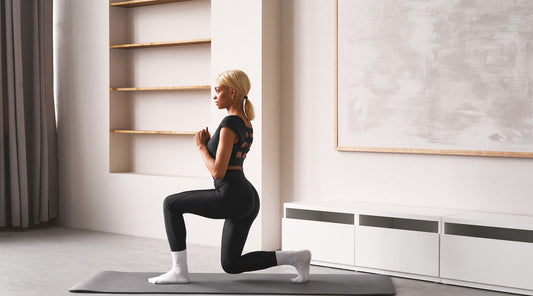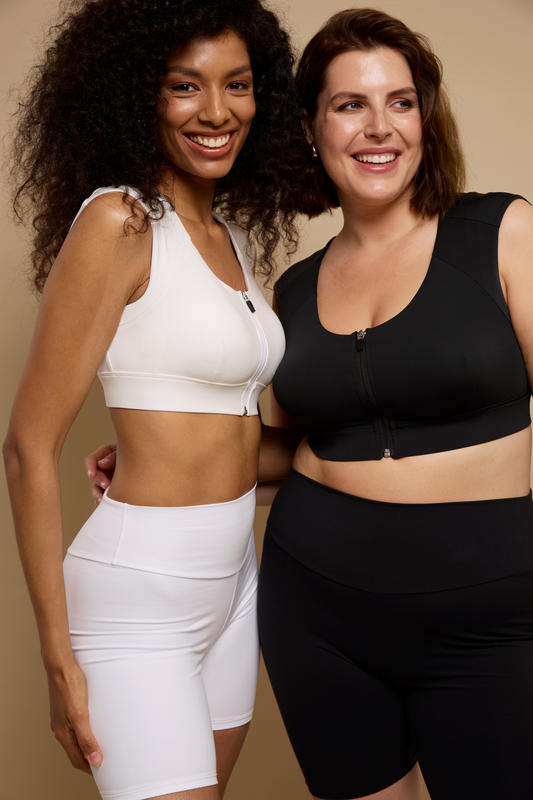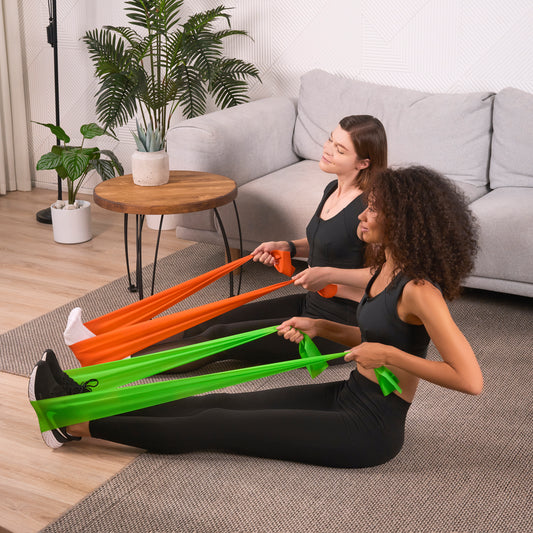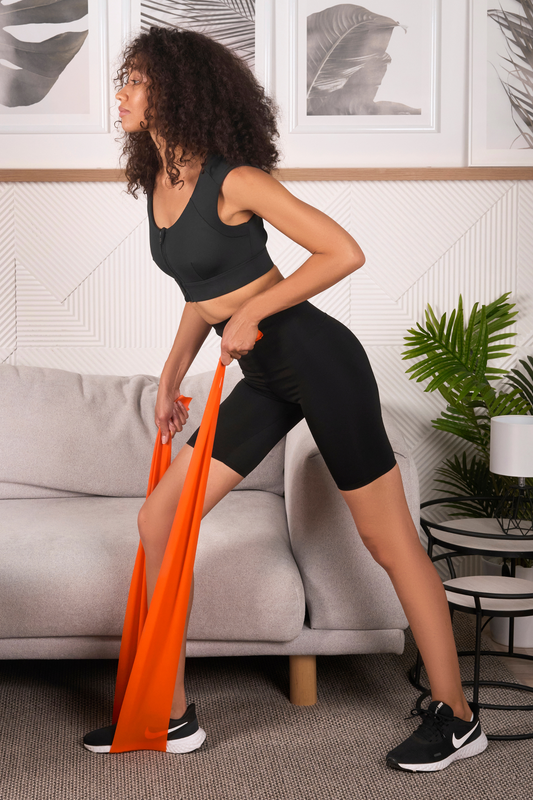As we age, many changes occur in our bodies. Our muscles may weaken, our bones may become less dense, and our joints may lose flexibility. One aspect of our physical health that often gets overlooked but plays a crucial role in our overall well-being as we age is our posture. Posture refers to the position of our body and the alignment of our spine in relation to gravity. It affects how we carry ourselves and move, and it can have a significant impact on our physical health, mobility, and quality of life.
Posture and the Aging Process
Our posture changes throughout our lives, and it can be influenced by various factors, including lifestyle, occupation, genetics, and habits developed over time. As we age, however, certain factors can exacerbate poor posture, leading to a decline in overall posture quality. Some common factors that can affect posture in older adults include:
- Muscular Weakness: Muscles play a crucial role in supporting our posture, and as we age, our muscles may weaken due to reduced physical activity, hormonal changes, or other health conditions. Weak muscles can result in poor posture, as they may struggle to adequately support the spine and maintain proper alignment.
- Loss of Bone Density: Osteoporosis, a condition characterized by a loss of bone density, is more common in older adults and can weaken the vertebrae of the spine. This can lead to a stooped or hunched posture, commonly referred to as kyphosis or "dowager's hump."
- Joint Stiffness: Joints can become stiffer and less flexible as we age, which can affect our ability to maintain good posture. Stiff joints may limit our range of motion and make it harder to sit up straight or move with ease, leading to poor posture.
- Degenerative Disc Disease: The discs that cushion the vertebrae in our spine can degenerate over time, leading to decreased height and stability of the spine. This can affect our posture and overall spinal alignment.
IMPROVE YOUR POSTURE NOW

The Importance of Good Posture in Aging
Maintaining good posture as we age is crucial for several reasons:
- Musculoskeletal Health: Good posture helps distribute the forces of gravity evenly throughout the spine and body, reducing the strain on individual muscles, ligaments, and joints. Proper alignment of the spine promotes optimal musculoskeletal health, reducing the risk of pain, discomfort, and injuries related to poor posture.
- Balance and Stability: Posture plays a significant role in maintaining balance and stability, which are essential for preventing falls, especially in older adults who may have reduced bone density and muscle strength. Falls are a leading cause of injuries in older adults and can have serious consequences, including fractures and a decline in overall health and mobility.
- Respiratory and Digestive Health: Good posture allows the lungs to expand fully, promoting proper breathing and oxygen intake. It also helps maintain the alignment of the digestive organs, promoting healthy digestion and reducing the risk of gastrointestinal issues such as constipation and reflux.
- Confidence and Self-Esteem: Our posture affects how we present ourselves to others and can impact our confidence and self-esteem. Standing and sitting up straight with good posture can make us look taller, avoid double chin, make more confident, and more energetic, which can positively impact our mental and emotional well-being.
Tips for Maintaining Good Posture as You Age

The good news is that it's never too late to start improving your posture, and there are several steps you can take to maintain good posture as you age:
- Strengthen Your Muscles: Regular exercise, including resistance training and weight-bearing exercises, can help strengthen the muscles that support your posture, including the core, back, and neck muscles. Strong muscles are better able to support the spine and maintain proper alignment, reducing the risk of poor posture.
- Practice Good Sitting and Standing Habits: Be mindful of your posture when sitting and standing. Sit up straight with your back against the chair and your feet flat on the floor. Avoid crossing your legs for prolonged periods, as it can lead to an uneven distribution of weight and strain on your spine. When standing, distribute your weight evenly on both feet, and engage your core muscles to maintain proper alignment.
- Use Ergonomic Furniture and Equipment: Make sure your chair, desk, and computer are ergonomically designed to promote good posture. Adjust the height of your chair and desk to ensure that your feet are flat on the floor and your knees are at a 90-degree angle. Position your computer monitor at eye level to avoid slouching or straining your neck.
- Take Frequent Breaks: Avoid prolonged sitting or standing. Take breaks every 30 minutes or so to move around, stretch, and reset your posture. Sitting or standing in the same position for long periods can lead to muscle stiffness and poor posture.
- Stay Active and Maintain a Healthy Lifestyle: Regular physical activity can help improve posture and overall health. Incorporate exercises that promote core strength, flexibility, and balance into your routine. Additionally, maintaining a healthy lifestyle by eating a balanced diet, staying hydrated, and getting enough sleep can support musculoskeletal health and posture.
- Practice Posture Awareness: Pay attention to your posture throughout the day. Check in with yourself regularly and make adjustments as needed. Sit and stand up straight, pull your shoulders back, and avoid slouching or rounding your shoulders forward. Use mirrors or ask for feedback from a trusted friend or family member to help you maintain good posture. Wearing the Etalon posture correcting bra can help to develop good posture habits and body alignment.
- Seek Professional Help if Needed: If you're struggling with poor posture or experiencing pain related to your posture, consider seeking professional help from a healthcare provider, such as a physical therapist or chiropractor. They can assess your posture, provide guidance on proper alignment, and recommend exercises or treatments tailored to your needs.

In conclusion, maintaining good posture is crucial for overall health and well-being, especially as we age. By practicing good posture habits, strengthening our muscles, staying active, and being mindful of our body alignment, we can support healthy posture and minimize the risks associated with poor posture in our senior years. Take the time to prioritize your posture, and you'll reap the benefits of improved physical health, mobility, and confidence as you age gracefully.
GET YOUR ETALON POSTURE BRA
Photo by LinkedIn Sales Solutions on Unsplash
FAQs
Why does posture become more important as we age?
Can poor posture really make me look and feel older?
How does posture affect my overall health beyond back pain?
What role do muscles and bones play in posture as we age?
What are simple daily habits that can improve posture?
Can posture really boost my confidence and mood?
Is it too late to improve my posture if I’m already older?
Trending
Try Etalon posture improvement products









